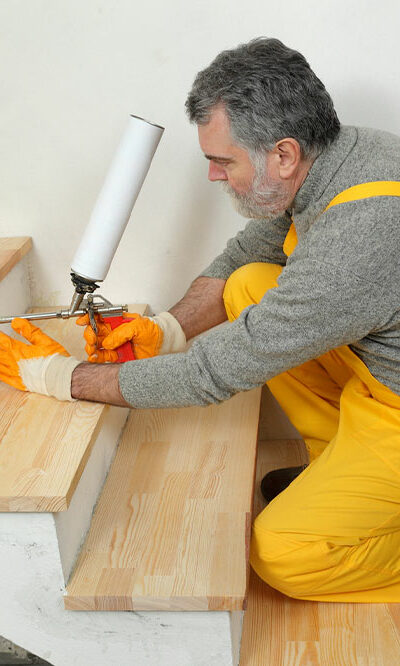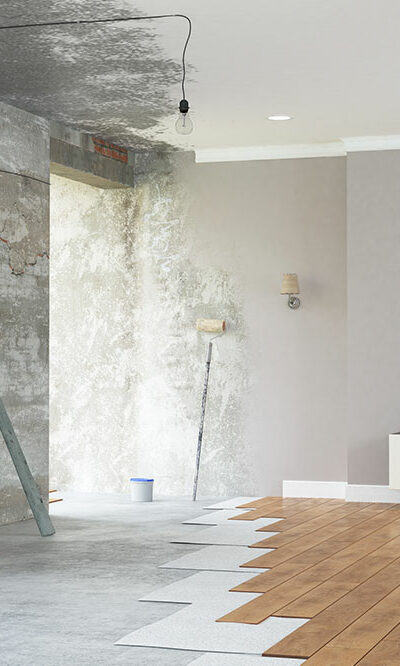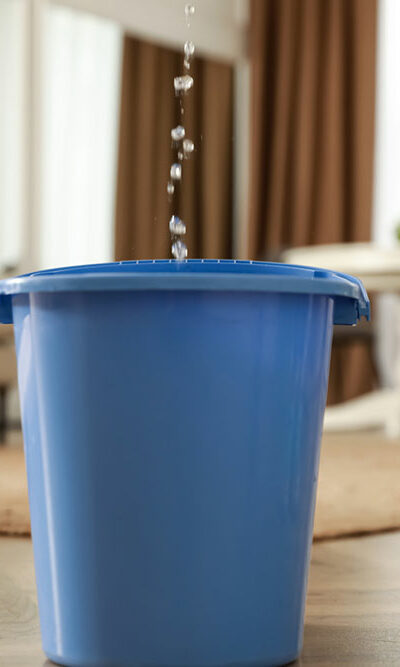
7 obvious signs indicating the need for home renovations
No matter how sophisticated or modern your house is, a little TLC now and then is necessary to maintain the property and ensure all its occupants are safe. You can ideally schedule a thorough home inspection where professionals point out some of the more glaring problems to tackle. But, even without that, some obvious signs of damage in and around the house will likely indicate the urgent need for a full home renovation. Water damage Water damage is a major sign of trouble that you should not ignore. A leak will result in additional problems, including growing mold, rotten materials, and rust. Water damage is common along the sidewalls and the roof, where the materials are constantly exposed to the weather, and major issues like roof leaks can result in costly repairs. If you spot a small leak in any of these areas, call a handyperson to assess its severity. Often, spotting a problem early eliminates the need for expensive repairs. The floor space is compromised The foundation of the house tends to weaken over time due to the weight and pressure on it. If you notice some of your furniture looking out of place or angled, check the floorboard underneath for damage. Also, if there is a basement underneath, you must ensure that the boards don’t cave in by replacing these panels at the earliest. Delaying repairs only increases the pressure on the foundation. Plus, some homes in areas prone to flooding are built on elevated stilts, exposing the foundation boards to more damage. Ensure you schedule regular home safety inspections where an expert checks and certifies the living spaces safe for residential purposes. Old windows and doors Loose window joints or cracked frames are some of the most obvious signs of internal wood damage. As the wooden elements are exposed to the weather outside and temperature changes indoors, these changes force the wood to expand and contract multiple times.










